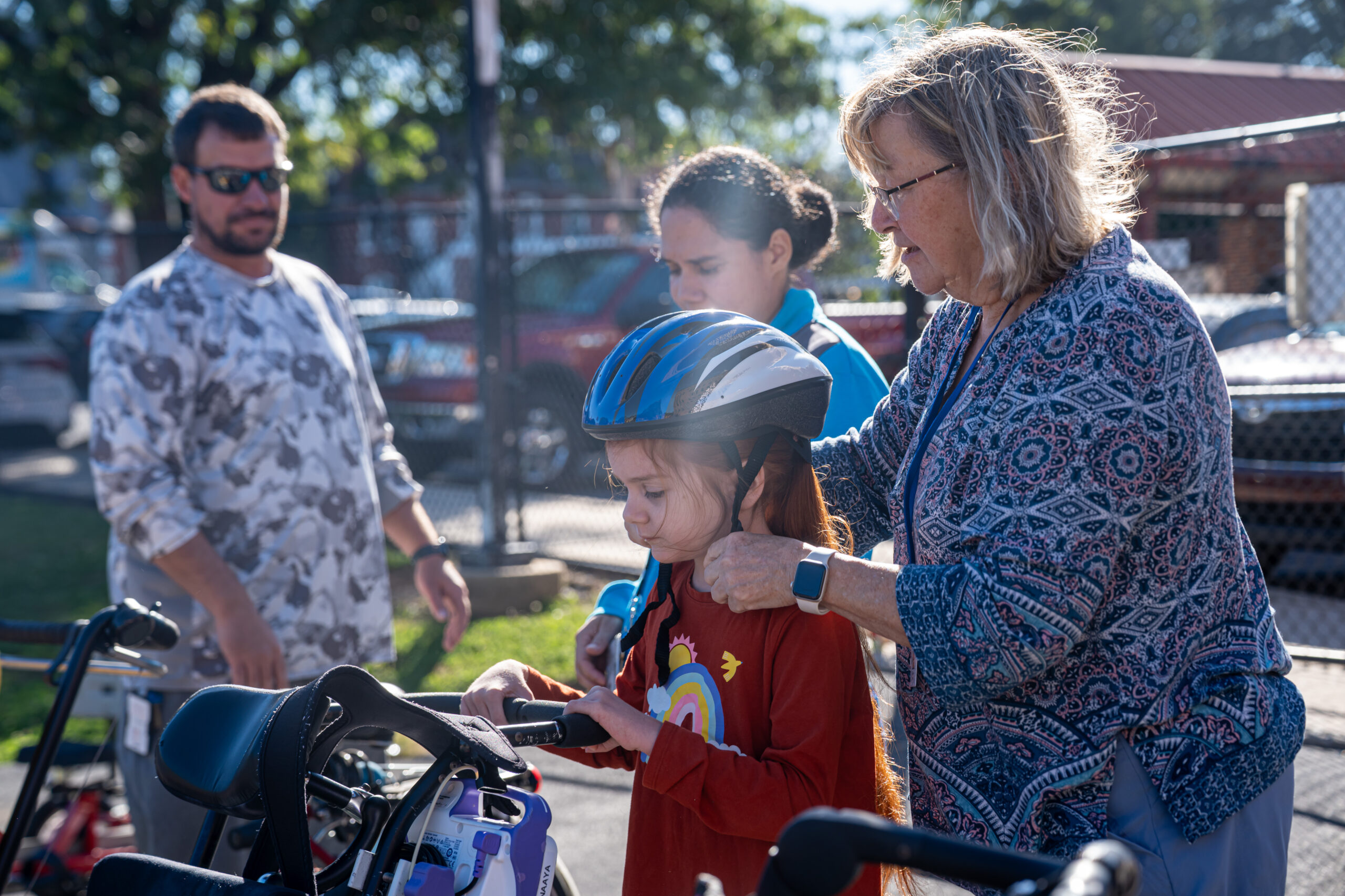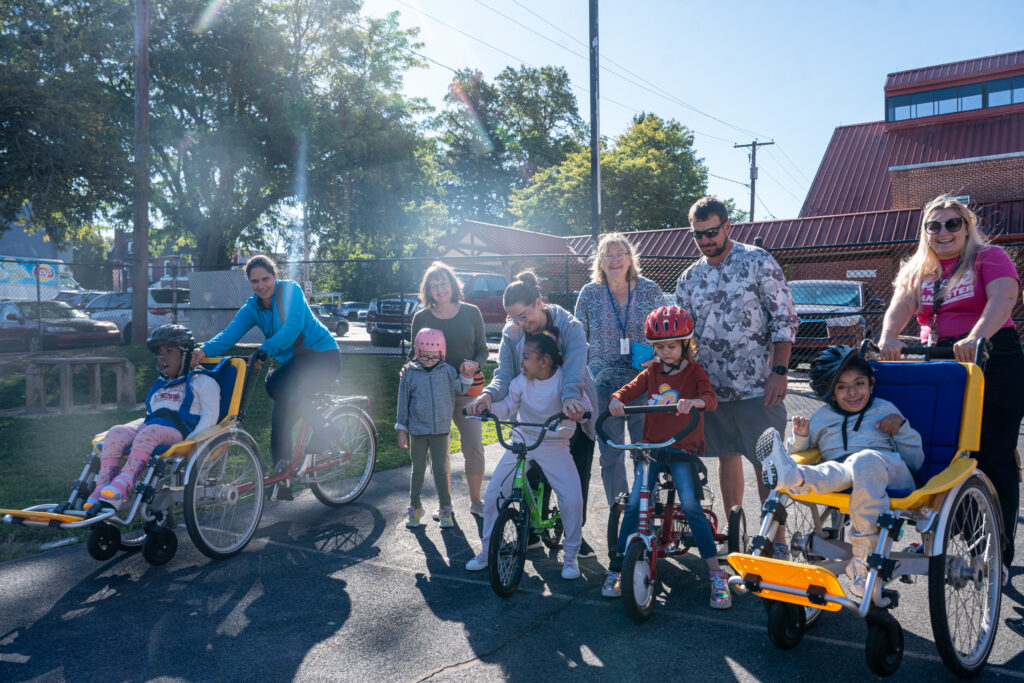
At the School District of Lancaster, we believe every student deserves the chance to experience the joy of movement. This week, our adaptive physical education team brought that belief to life, literally, by getting students with multiple disabilities in our special education program outside to ride our adaptive bicycles.
Through the dedication of staff, including adaptive physical education teacher Nicole McCoy, and support from community grants, SDoL was able to purchase specialized bikes that make cycling accessible for students with physical and developmental disabilities. These bikes allow students to build coordination, confidence, and independence in ways that traditional equipment cannot.
“These bikes are really special,” said Brett McCoy, adaptive physical education teacher. “Because of the cost, not a lot of kids get the opportunity to use equipment like this. We were lucky enough to receive them through grant funding and some community support, and with beautiful weather, we wanted to make sure they were used.”
Each bike is uniquely built to support students’ needs, whether through extra stability, secure seating, or adjustable controls that help with coordination and balance. For many students, this was their first time pedaling independently, an experience that combines joy, confidence, and physical growth all at once.
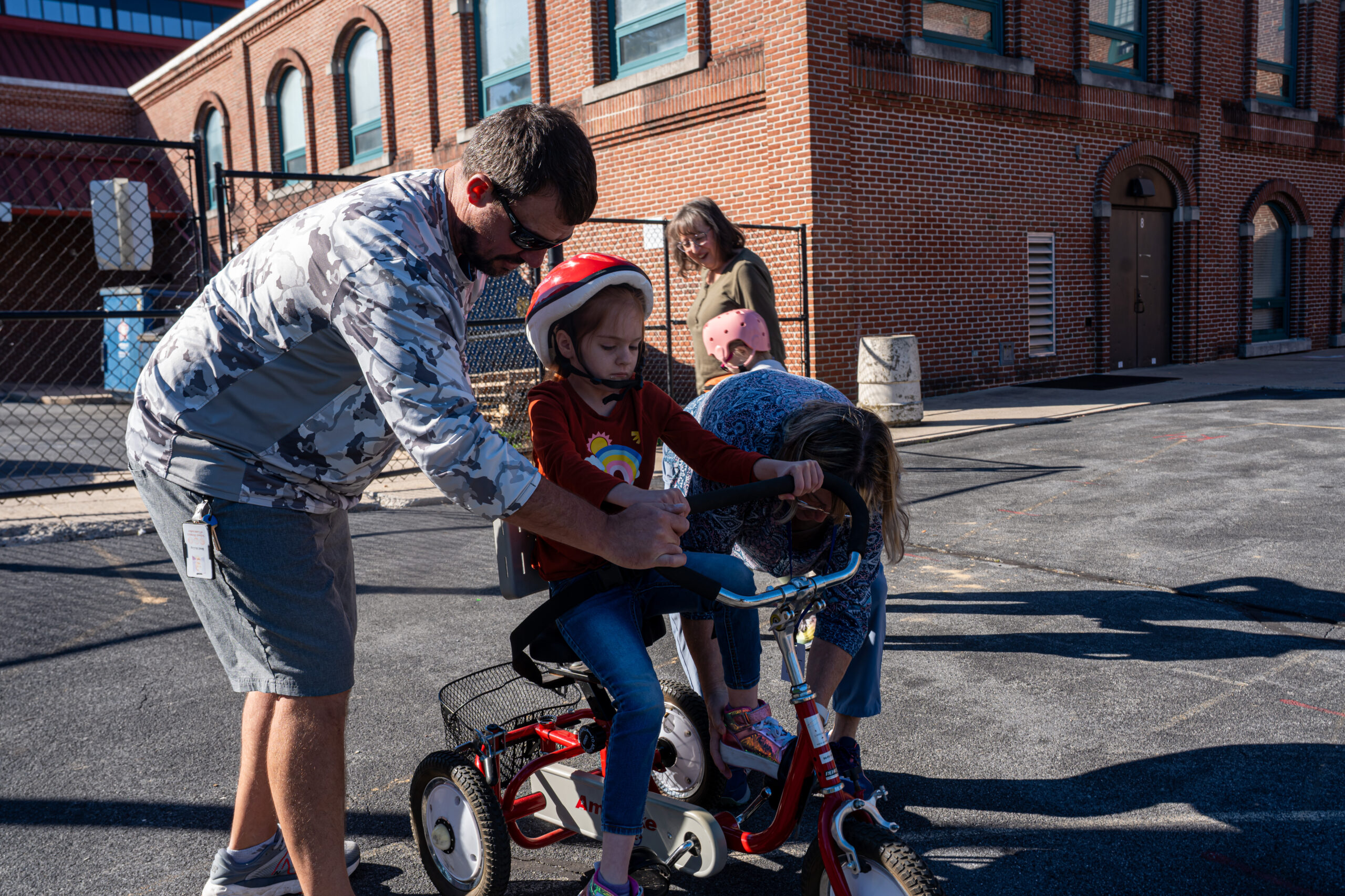
Adaptive physical education is a cornerstone of the district’s commitment to inclusive education. It ensures that every student, regardless of ability, has access to meaningful physical activity that builds strength, motor skills, and social connections. In these classes, teachers design experiences that meet students where they are, modifying lessons, incorporating specialized tools, and creating environments where everyone can participate.
“Our kids are incredible,” Brett continued. “We put a lot of time and effort into making things accessible to them. This is just another one of those tools in our pocket that helps us do that.”
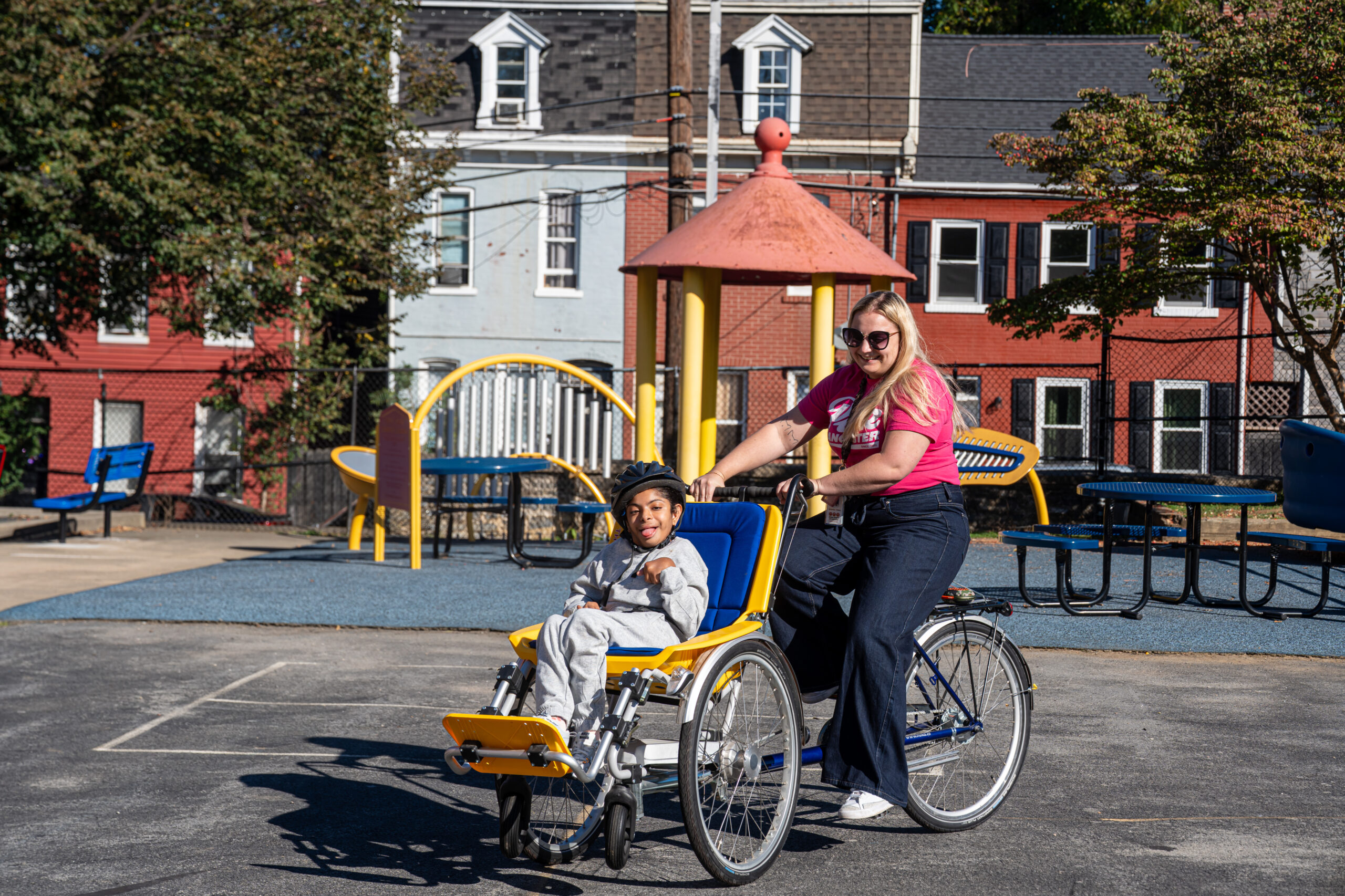
The bikes are shared between schools across the district, and while transporting and setting up equipment can be a challenge, the team makes it a priority to get students outdoors as often as possible, especially during the fall and spring months. “It takes a lot of coordination,” Brett explained, “but the smiles on the students’ faces make it all worth it.”
For SDoL, initiatives like this embody the district’s mission of equity, access, and opportunity. When a student who once relied on assistance can steer, pedal, and move freely on their own, it’s a powerful reminder of what inclusion looks like in action.
Behind every successful adaptive PE program is a team of educators who understand that accessibility isn’t just about providing resources, it’s about creating moments that empower students to see what’s possible.
“Every time we do this,” Brett said, looking over at a student grinning from ear to ear as they rode past, “we’re reminded why we do what we do.”
Days like this show what happens when commitment meets creativity. And in that moment, the MDS classroom became a space of freedom, belonging, and pride.
